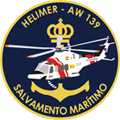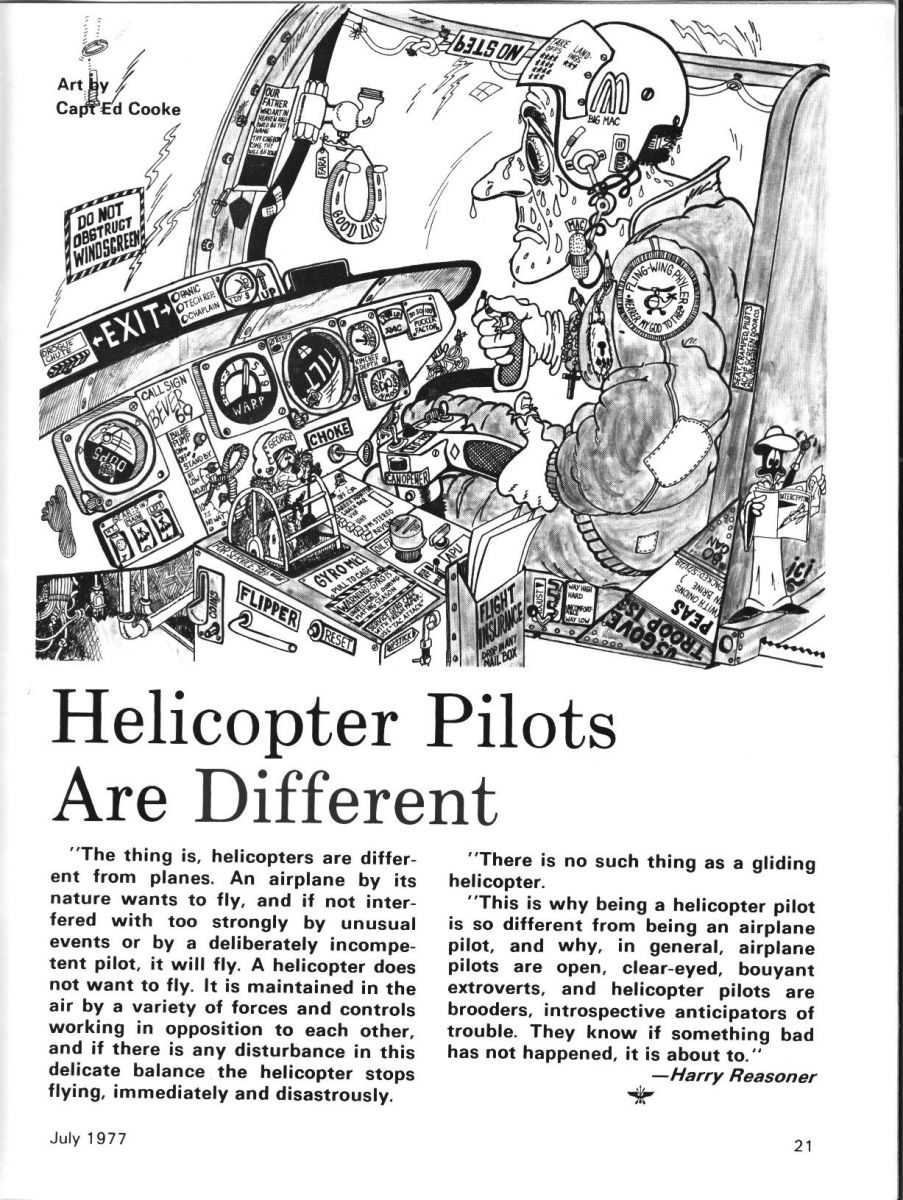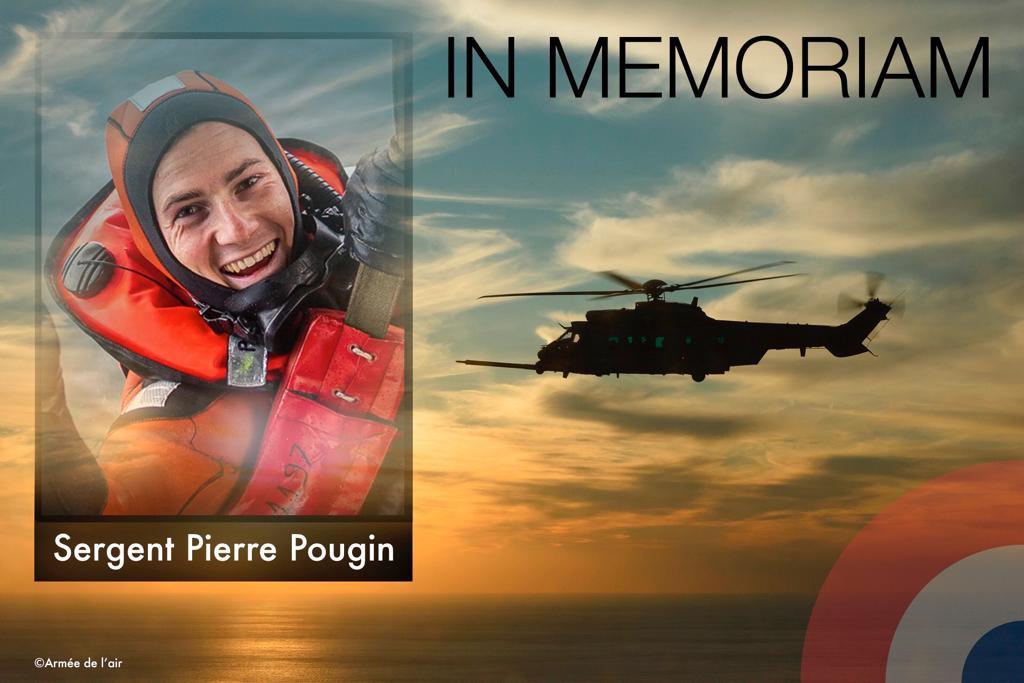Helicopter Pilots are Different
Published in the July 1977 issue of The MAC Flyer.
By Harry Reasoner.
The MAC Flyer was a Safety Magazine published by the Military Airlift Command Safety Office during the period of 1966-1986. From there it was combined with other safety magazines, had a few name changes and is now published by the Safety Office of Air Mobility Command and is known as The Mobility Forum.
The original:

ABC NEWS COMMENTARY
By Harry Reasoner
During the Viet Nam War
16 February 1971
You can't help but have the feeling that there will come a future generation of men, if there are any future generations of men, who will look at old pictures of helicopters and say, "You've got to be kidding."
Helicopters have that look that certain machines have in historical drawings. Machines or devices that came just before a major breakthrough. Record -changers just before the lightweight vinyl LP for instance.
Mark Twain once noted that he lost belief in conventional pictures of angels of his boyhood when a scientist calculated for a 150-pound men to fly like a bird, he would have to have a breast bone 15 feet wide supporting wings in proportion.
Well, that's sort of the way a helicopter looks.
The thing is helicopters are different from airplanes An airplane by it's nature wants to fly, and if not interfered with too strongly by unusual events or incompetent piloting, it will fly.
A helicopter does not want to fly. It is maintained in the air by a variety of forces and controls working in opposition to each other.
And if there is any disturbance in this delicate balance the helicopter stops flying immediately and disastrously.
There is no such thing as a gliding helicopter.
That's why being a helicopter pilot is so different from being an airplane pilot, and why in generality airplane pilots are open, clear-eyed, buoyant, extroverts. And helicopter pilots are brooders, introspective anticipators of trouble.
They know if something bad has not happened it is about to.
All of this, of course, is greatly complicated by being shot at. American helicopter pilots are being shot at more often and more accurately these days from Khe Sahn to Tchepone than at almost any other time in this whole War.
It's been a helicopter war all along. And the strange, ungainly, unlovable craft have reached the peak of being needed and the peak of being vulnerable at the same moment.
Everyone who has flown over combat zones in VN in a helicopter knows the heart-stopping feeling you get when you have to go below 2.000 feet.
Well the men going in and out of Laos rarely get a chance to fly that high.
They must be very brave men indeed.
This is a War we could not have considered without helicopters.
The pilots are beginning to feel like Mark Twain's man who was tarred and feathered.
If it weren't for the honor of the thing they would just as soon have missed it.
------------------------------------------------------------------------------------------------------------------------
The following was provided by Col. Charlie Block, USMC.
Anything that screws it's way into the sky flies according to unnatural principals.
You never want to sneak up behind an old high-time helicopter pilot and clap your hands. He will instantly dive for cover and most likely whimper...then get up and kick your butt.
There are no old helicopters lying around airports like you see old Airplanes. There is a reason for this. Come to think of it, there are not many old high-time helicopter pilots hanging around airports either so the first issue is problematic.
You can always tell a helicopter pilot in anything moving, a train, an airplane, a car or a boat. They never smile, they are always listening to the machine and they always hear something they think is not right. Helicopter pilots fly in a mode of intensity, actually more like "spring loaded," while waiting for pieces of their contraption to fall off.
Flying a helicopter at any altitude over 500 feet is considered reckless and should be avoided. Flying a helicopter at any altitude or condition that precludes a landing in less than 20 seconds is considered outright foolhardy.
Remember in a helicopter you have about 1 second to lower the collective in an engine failure before it becomes unrecoverable. Once you've failed this manoeuvre the machine flies about as well as a 20 case Coke machine. Even a perfectly executed autorotation only gives you a glide ratio slightly better than that of a brick. 180-degree autorotations are a violent and aerobatic manoeuvre in my opinion and should be avoided.
When your wings are leading, lagging, flapping, precessing and moving faster than your fuselage there's something unnatural going on. Is this the way men were meant to fly?
While hovering, if you start to sink a bit, you pull up on the collective while twisting the throttle, push with your left foot (more torque) and move the stick left (more translating tendency) to hold your spot. If you now need to stop rising, you do the opposite in that order. Sometimes in wind you do this many times each second. Don't you think that's a strange way to fly?
For Helicopters: You never want to feel a sinking feeling in your gut (low "g" pushover) while flying a two bladed under slung teetering rotor system. You are about to do a snap roll to the right and crash. For that matter, any remotely aerobatic manoeuvre should be avoided in a Huey. Don't push your luck. It will run out soon enough anyway.
If everything is working fine on your helicopter consider yourself temporarily lucky. Something is about to break.
;-)
Contenido relacionado
-
-
Fracia, dos soldados muertos durante un ejercicio de helicóptero
-
Rescatadores del G.E.S denuncian un nuevo retraso en el cobro de sus nominas
Los rescatadores y operadores de grúa del Grupo de Emergencias y Salvamento (G.E.S.) del Gobierno de Canarias vuelven a sufrir retrasos en el cobro de su nómina. A día 6 de marzo, ninguno de los 30 profesionales repartidos por las cinco bases del G.E.S. (Fuerteventura, Gran Canaria, Tenerife, la Palma y el Hierro) ha cobrado su mensualidad de febrero






